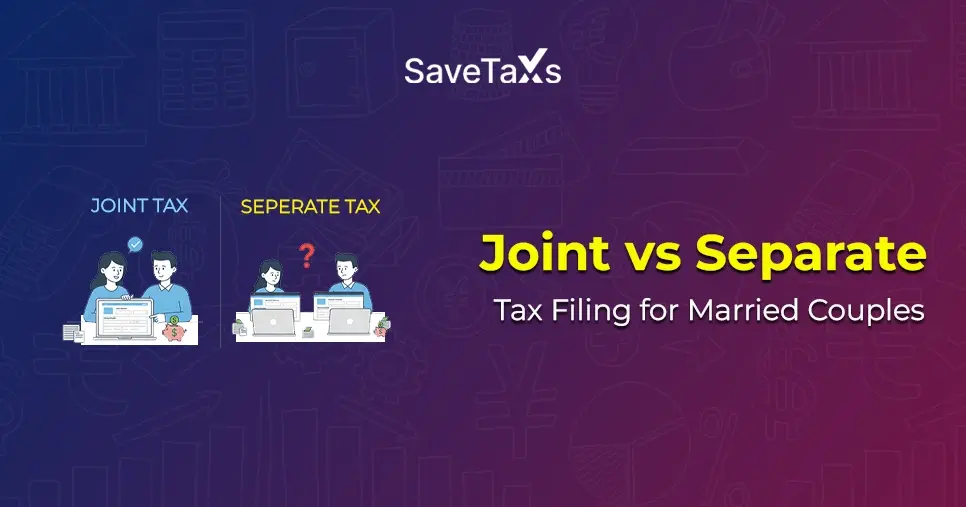- Key Takeaways
- What is the Standard Deduction?
- What is the Itemized Deduction?
- Standard Deduction vs Itemized Deduction- Which To Choose?
- Cases Where Itemized Deductions Can Be More Than Standard
- How Should I Itemize the Deductions?
- State Tax Consideration - Standard Deduction vs Itemized Deductions.
- Claim a Standard or Itemized Deduction Like a Tax-Savvy
When a taxpayer files their federal taxes, they have to choose between claiming the standard deduction vs itemized deduction. But before understanding the types of deduction, see what deduction is.
A deduction is an amount that the taxpayer can exclude from their taxable income. This results in a reduced overall taxable amount. Around 90% of the US taxpayers claim the Standard deduction vs the itemized deduction. Should you also do the same?
Well, by the end of this blog, you will have the answer to this question. The difference between the itemized deduction and the standard deduction is simple math. Let us understand it.
Key Takeaways
- The tax deduction is an amount that is subtracted from the taxable income. This results in a lower income tax amount you owe.
- A taxpayer can either choose a standard deduction or an itemized deduction. For itemized deduction, they have to pick Schedule A of Form 1040 or 1040-SR.
- The Tax Cuts and Jobs Act (TCJA) has basically doubled the standard deductions.
- The TCJA has also capped or eliminated many items.
What is the Standard Deduction?
The standard deduction is a fixed amount that is excluded from the taxpayer's taxable income. This exculued amount is not subject ot tax.
The Internal Revenue Service (IRS) provides a large tax break through the standard deduction. In 2024, the standard deduction rate for single filers was $14,600, which remains the same for 2025.
However, for a joint filer in 2024, the standard deduction was $29,200, but the standard deduction in 2025 has been increased to $30,000.
In a nutshell, the Internal Revenue Service (IRS) adjusts the standard deduction rates each year for inflation. The rates vary by the tax filing status of an individual, whether they are 65 years or older/blind, and other factors.
Please make sure that if you have itemized your deduction, you cannot take the standard deduction.
What is the Itemized Deduction?
An itemized deduction is an amount that is subtracted from an individual's Adjusted Gross Income (AGI). This deducted amount is not taxable and results in a reduction of the overall taxable income.
As the name suggests, the standard deduction refers to a fixed deduction amount. Whereas an itemized deduction means a dollar-for-dollar deduction, meaning every taxpayer's deduction differs
To know the itemized deduction amount, you must add all the eligible deductions a nd subtract it from the AGI.
Itemize means to make a list. Some taxpayers itemize their deductions. They do so if their itemized deduction amount is greater than their standard deduction.
Then some taxpayers itemize their deductions because they are not permitted to use the standard deduction. Such taxpayers are:
- A married taxpayer, filing under the status "married filing separately". But their spouse itemizes their deductions.
- A taxpayer who was either a dual status alien or a nonresident alien during the same year. In this case, some exceptions applied.
- A taxpayer who files a tax return for a timeframe of less than 12 months. This happens because of a change in their annual accounting period.
- A trust, an estate, a common trust fund, or a partnership.
Standard Deduction vs Itemized Deduction- Which To Choose?
Many taxpayers have this one question: Which deduction types to choose for the best tax outcome? The Answer is to pick the deduction methods that crunch the most amount out of your taxable income.
This is what to do:
First, calculate the amount of the itemized deduction. In some cases, you can claim a few itemized deductions on your state tax return even if you can't claim them on your federal return.
Once you calculate the itemized deduction amount, compare it. Based on your filing status, compare the itemized deduction amount to the standard deduction amount.
If the itemized deduction amount is more than the standard deduction, then itemize your deduction on your tax return.
An Example: Standard vs Itemized Deduction
Let us assume that a taxpayer is a single filer in 2024 and has an adjusted gross income of $40,000. The taxpayer's itemized deduction is $14,000; therefore, his total taxable income is $40,000 - $14,000 = $26,000.
Now, with the same AGI, if taxpayers choose the standard deduction, the amount will be $14,600. Hence, his total taxable income will be $40,000 - $14,600 = $25,400.
So, in the example given above, the taxpayer must opt for the standard deduction as it crunches his numbers the most.
Cases Where Itemized Deductions Can Be More Than Standard
Choosing standard education, thinking it will yield more benefits, is not always the case. At times, even without doing the math, itemized deduction makes more sense.
Below Are Some Common Situations Where Itemizing Your Deduction Will be Better:
- You accumulated a large amount of pocket unreimbursed dental and medical expenses in the financial year.
- You paid home mortgage interest and taxes on real estate.
- You had an uninsured casualty or a theft loss from a federally declared disaster.
- You had large gambling losses. But enough gambling wins to offset those losses.
- You made significant charitable donations and contributions.
- You had an allowable deduction, such as expenses related to the impairment work of a person with a disability. Another one could be payment of amounts with respect to a claim of right, above $3,000.
Below Are Some Uncommon Itemized Deduction Situations That Are Equally Beneficial:
- Losses from other activities from Schedule K-1 (Form 1065-B)
- Amortizable bond premium on bonds received before October 23, 1986.
- Deductions related to repayment of amounts regarding a claim of right if it is above $3,000.
- Uncovered pension investments.
How Should I Itemize the Deductions?
If you choose to itemize your deduction, here is what you must do:
Collect Your Itemized Deductions: Gather all your important documents. This includes the bank statements, forms, and receipts related to deductible expenses. Such expenses can be the medical bills, real estate and property taxes, interest paid on mortgage statements, charity donations and contributions receipts, and unreimbursed business expenses.
Calculate: Now, review your expenses and add all the expenses that are eligible in each category. The standard categories are medical and dental expenses, state and local taxes, charity contributions, mortgage interest, and other job-related expenses.
Fill the Schedule A: Now to avoid the itemized deduction, yoy (Year-over-year) must fill out Schedule A, which is part of the tax form 1040. Use the collected information and complete the sketch. Fill in all the appropriate sections with the eligible expenses that can be deducted. Lastly, make sure that you fill out the form as required by the guidelines and instructions provided by the Internal Revenue Service (IRS).
File the Return: Once the TX form and Schedule A are completed with other required forms and schedules, file your tax return.
State Tax Consideration - Standard Deduction vs Itemized Deductions.
If a taxpayer pays less tax over their state and federal taxes, then in their state, they can itemize deductions. The taxpayer can do this even if their amount of itemized deductions is less than the standard tax deduction.
This usually occurs when a taxpayer itemizes on their tax return and receives a larger tax benefit. This may not be the case if they have claimed the standard deduction on their federal and state returns.
Claim a Standard or Itemized Deduction Like a Tax-Savvy
Deciding on which deduction to choose between the standard deduction and the itemized deduction is a task. There are many exceptions and considerations surrounding both.
However, taking the help of a US tax expert in this case is the best decision you will ever make. Savetaxs is a leading name in the US and Indian taxation service industry.
We have helped over a thousand NRIs and US citizens over a decade in preparing and filing ITR/IRS for them, while ensuring you can claim all the right tax credits and deductions.
We serve our clients 24/7 across all time zones; hence, connect with us today and file your taxes like an expert.

Mr Vikram brings in more than ten years of experience in US Taxation. He is also an EA mentor and instructor. The expertise of Mr. Agrawal includes accounting, bookkeeping, Tax preparation, small business tax, personal tax planning, income tax, financial advisory services, and retirement planning.
Want to read more? Explore Blogs
Frequently Asked Questions
No matter what your source of income is, we've got you covered. There’s a plan for everybody!
The difference is Simple:
- Standard Deduction:- The standard deduction amount is a fixed dollar amount that is subtracted from your taxable income based on your filing status.
- Itemized Deduction:- An itemized deduction means listing down all the eligible expenses and then deducting the sum from the total Adjusted Gross Income.
2024 (tax return filing in 2025)
- Single / MFS: $14,600
- Married filing jointly/Surviving Spouse: $29,200.
- Head of Household: $21,900
- An additional standard deduction may be applied if you are 65+ or blind.
2025 (tax return filing in 2026)
- Single/MFS: $15,000
- Married filing jointly: $30,000
- Head of Household: $22.500
Yes, there are certain scenarios where itemizing your deduction can be beneficial.
- Married filing tax return, separated when the spouse itemizes.
- Nonresident aliens or dual status filers.
- Returns covering in less than 12 months due to a tax year change.
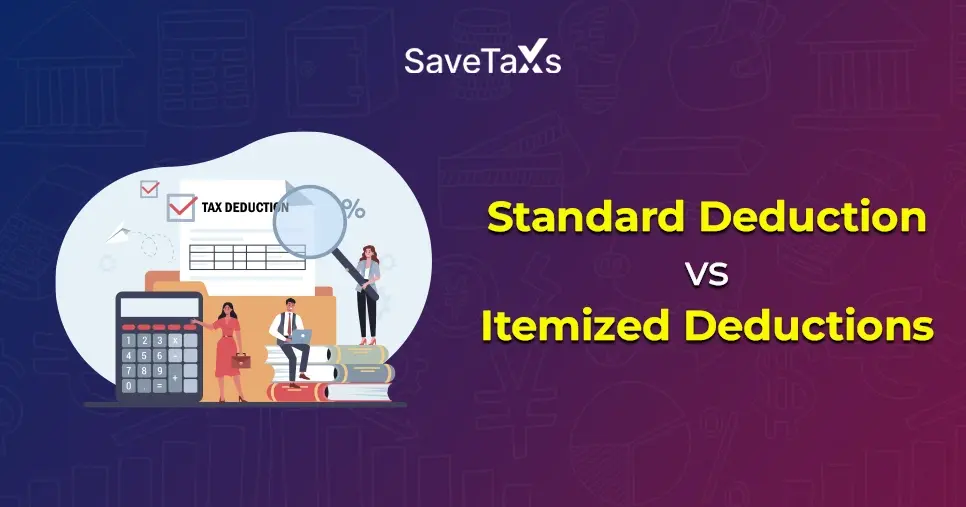

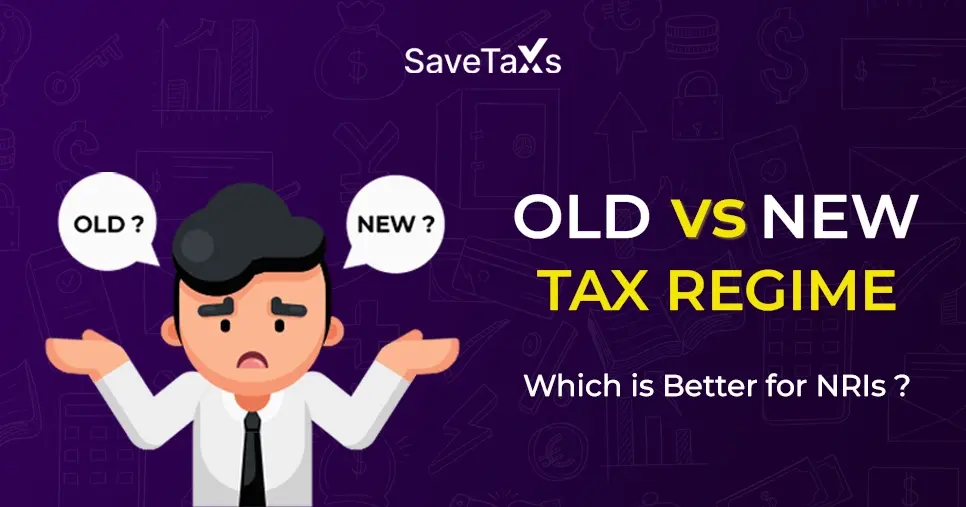

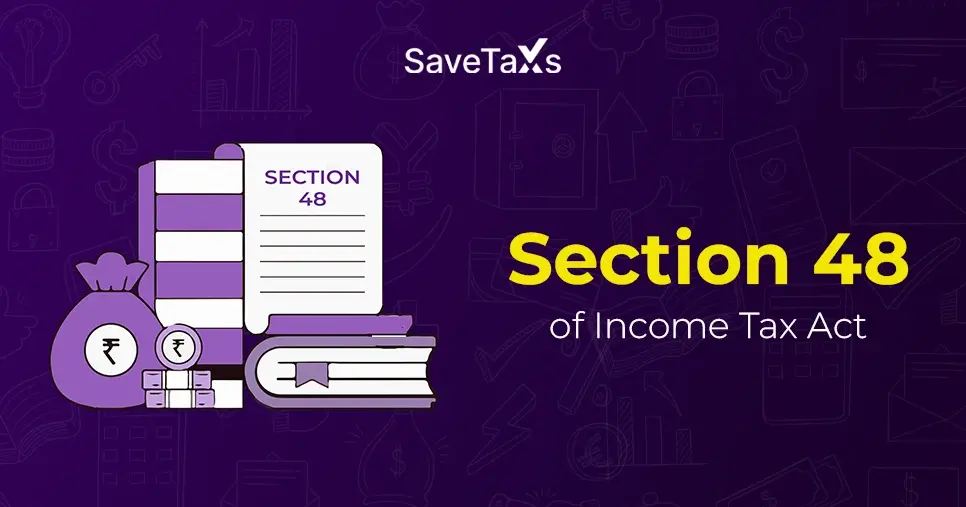


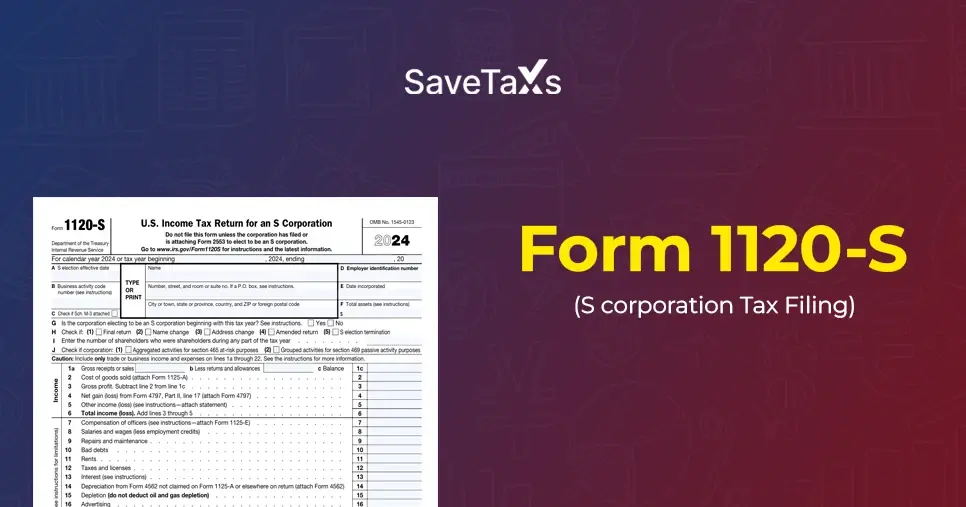


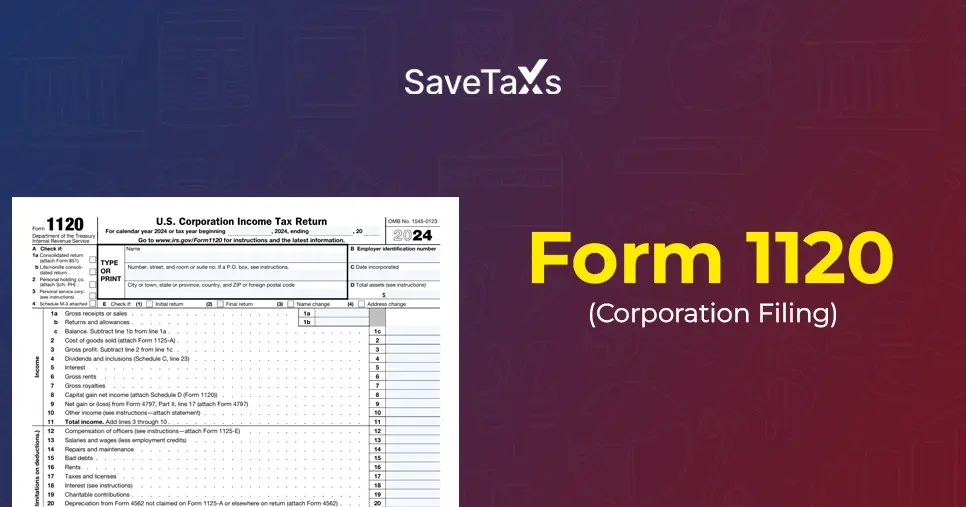




_1764918370.webp)




